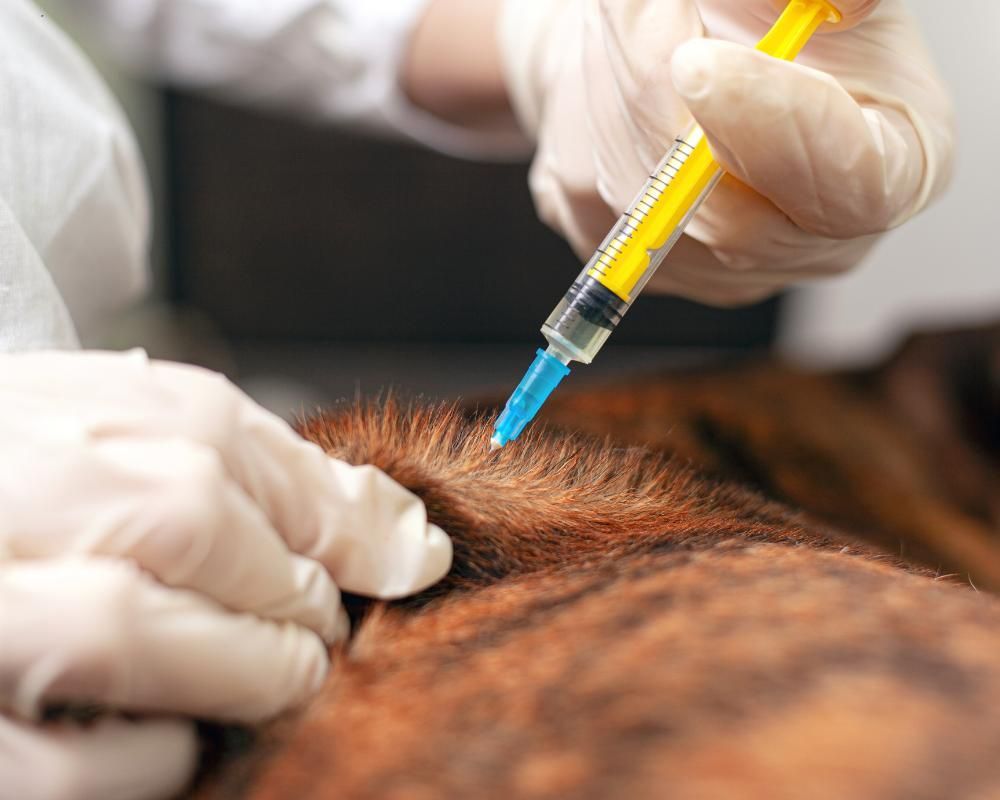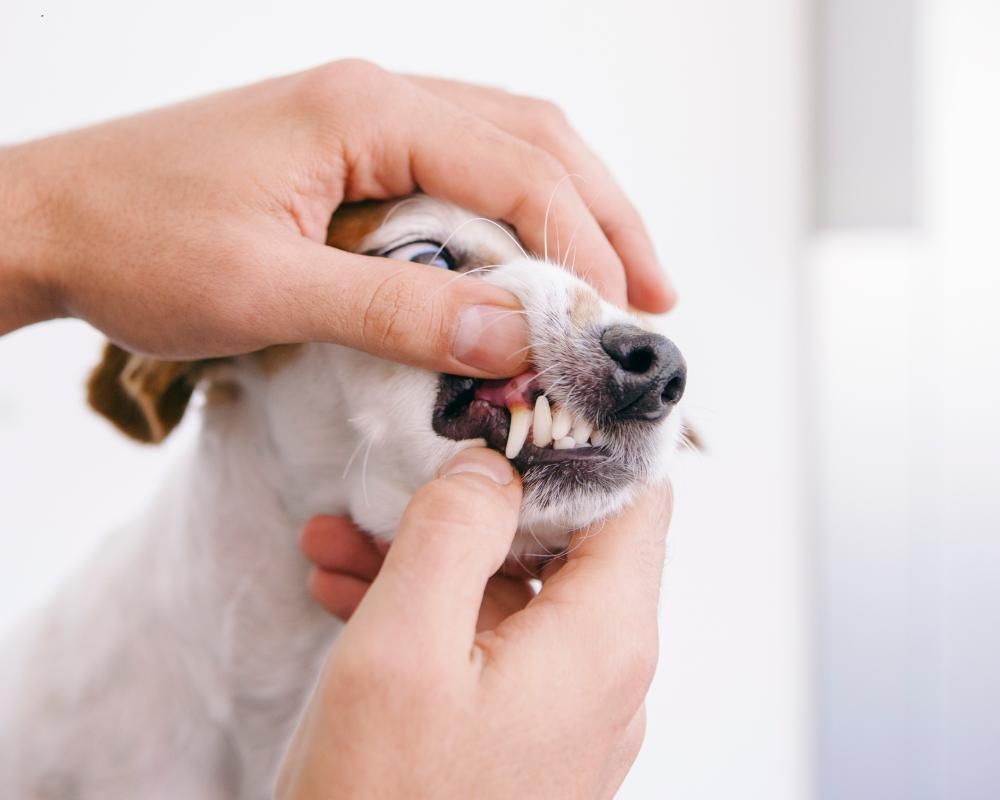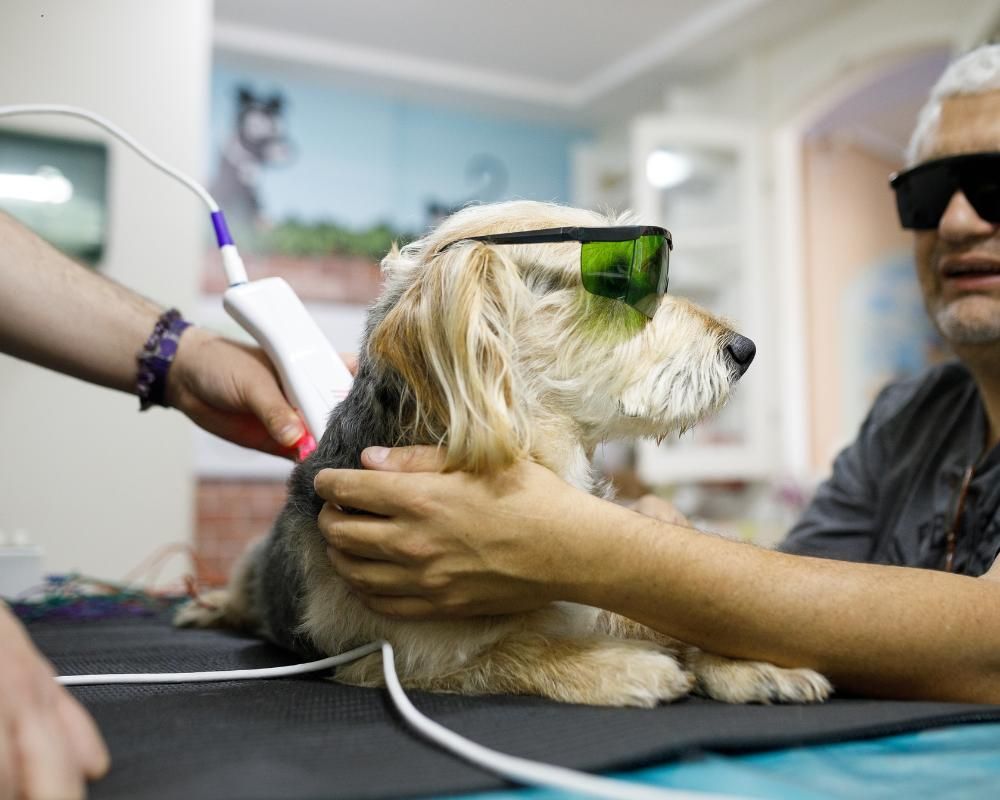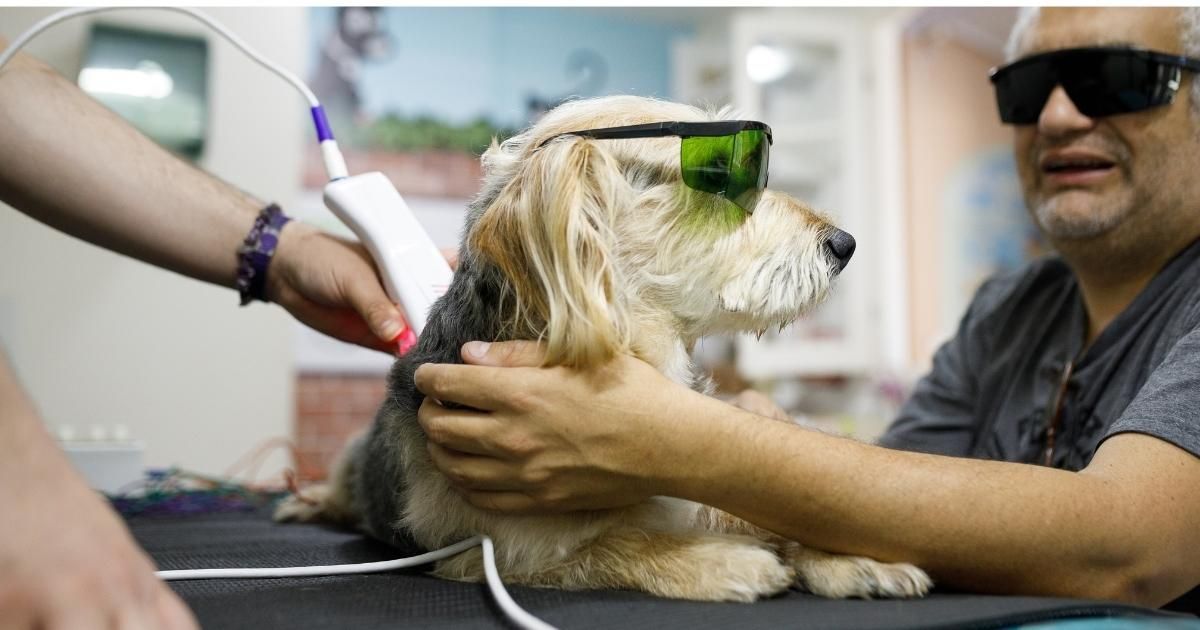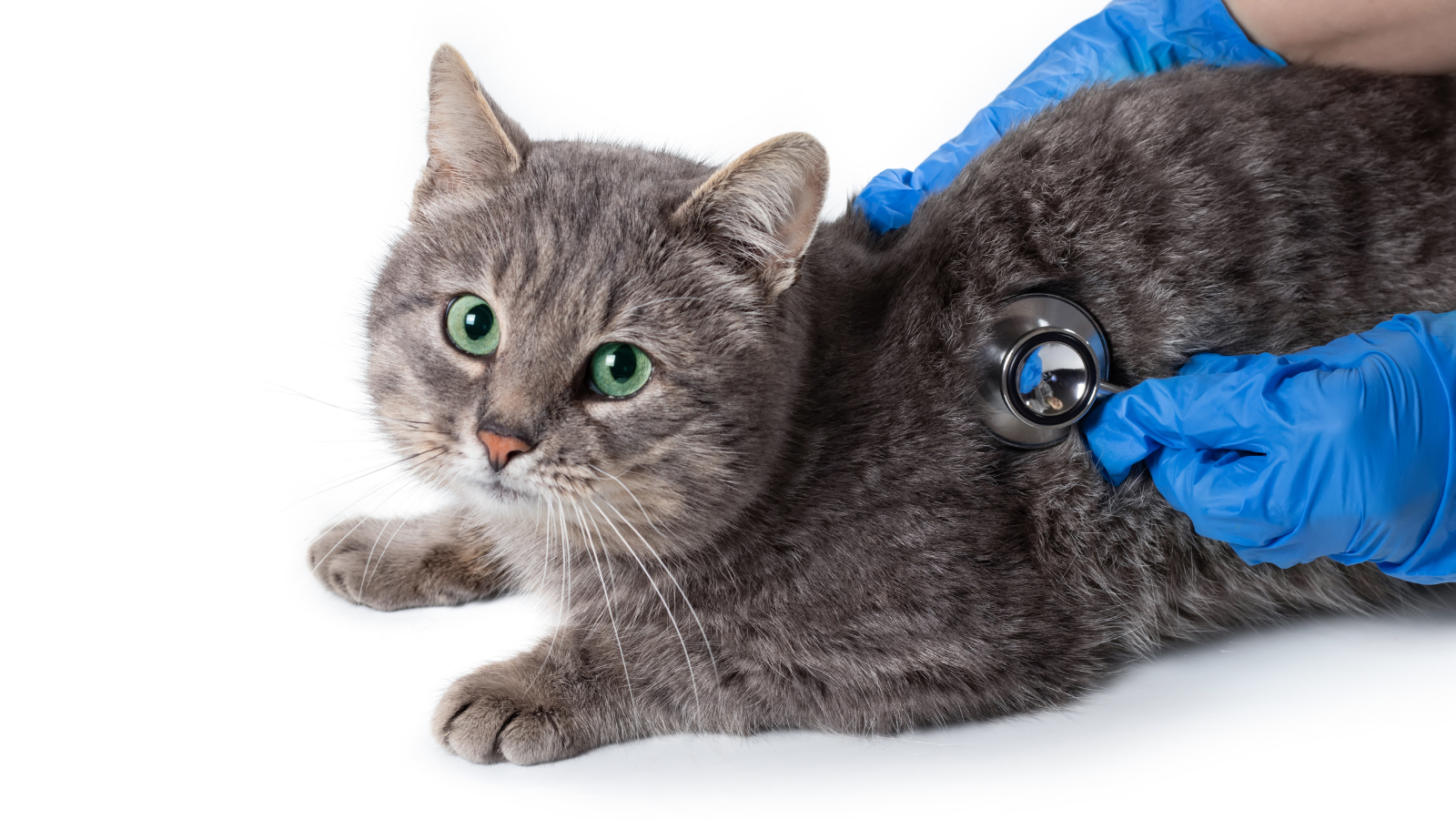Signs your pet has fleas vs allergies and what to do about it.
Why is my cat or dog itching?

If your dog and cat spend most of the day itching, scratching, licking and then repeating, your pet may have flea bites, dog allergies or cat allergies.
Fleas and allergy symptoms are similar so they are commonly mistaken for each other and it can become confusing to identify which problem your pet is actually experiencing.
How can you tell the difference? Let’s start with flea symptoms.
Signs your pet has Flea Bites
Fleas are parasites that feed on blood. Cats and dogs make perfect host for blood sucking fleas because they are warm and furry and make a comfortable nest for fleas and their eggs. Flea bites can cause serious itching and skin inflammation because flea saliva is an allergen. If you ever had a flea bite you probably recall scratching the spot only to intensify the itch. Oh, the torment of flea bites! Now imagine how poor bowwow and tomcat feels when they are overrun by fleas…
Common Flea Symptoms
What are common symptoms of fleas? Fleas on dogs will show the same symptoms as fleas on cats:
- Excessive scratching, itching, biting, licking
- Loss of hair: Primarily over the lower back, tail and rear leg region
- Fleas Bites
- Scabs
- Abnormal red patches of skin
- Small bumps around body or neck area
- Yeast and bacterial infections
- Skin Infections
- Ear infections
- Flea Dirt
If your pet is showing any of these symptoms, you need to perform a detailed inspection for the presence of these pesky parasites from nose to tail. Turn your cat or dog on their back to check all the areas fleas like to hide: their armpits, ears, tail, groin, tummy, back of neck and head. Fleas tend to find the warmest, furriest spots to nest.
If you detect fleas on cats or dogs, focus on getting rid of the fleas immediately. Once the fleas are removed- these symptoms will disappear and no more itchy dog or cat! Call or visit your vet to discuss
a flea treatment for dogs and cats, before fleas quickly multiple and you are stuck with a flea infestation.
Your vet can prescribe a flea medicine for cats and dogs that is topical or oral treatment, killing fleas and preventing new ones. Most of the flea control for dogs and the flea control for cats last for 30-90 days. Be aware that flea medicine for dogs should not be used on cats and vice versa. Flea treatment for cats is designed specifically for cats and any dog medication can be toxic to them. Pets can also have an allergic reaction to fleas and develop a flea allergy, also known as flea allergy dermatitis. Just a few flea bites can trigger a flea allergy with intense itchiness for 2-3 weeks. If you suspect your pet is allergic to fleas, set up an appointment with your vet so they can diagnose and treat pets with flea allergy dermatitis.
Other signs of Allergies?
Check out this blog post!

What is flea dirt and how do I get rid of it?
Flea dirt is small black flakes made up of flea droppings(their blood and feces) that can appear in your pet’s fur. You can use a flea comb to identify flea dirt by running it through your pet’s fur and if it results in black “pepper- like” residue, your pet is positive for flea dirt. Another way to identify flea dirt is to give your pet a bath and if the water turns red from the dry blood, you know it is flea dirt. You can also find the fleas themselves but not always… sometimes you have flea dirt without any presence of fleas.
How is this possible? The fleas were present at one time but have since jumped off or have been destroyed by licking and grooming.
Flea treatment is similar to the process for handling lice in humans. First, bathe the pet in a pet shampoo to start the process, then thoroughly comb or groom your pet. Follow that with a flea treatment (Usually recommended a few days after a treated bath.). Follow that with a comprehensive clean up to remove any stray frees, washing all pet bedding, vacuum carpets and floors etc. You will need to continue to wash and vacuum every day for a few weeks until all the fleas are dead. If fleas seem to be sticking around despite the entire cleaning, you may need to hire an exterminator to fully rid you and your pet of these pesky parasites.
Summer is a prime time for fleas but summer also covers other risks. Check out our safety checklist!
When fleas aren’t spending time feeding on blood from your pets, they spend the rest of their time living in your yard or house. Fleas peak during spring and summer but they can live all year round. People can be unwitting carriers of fleas and they can bring them into your home without your knowledge. It is pretty common for fleas to hitch a ride on your pants, coat, shoes and socks and be carried into your home. A couple of fleas in your home or yard can start a full-blown invasion of fleas. Just remember the BEST treatment for fleas is PREVENTION. Make it a priority to discuss an on-going flea control for dogs and cats with your veterinarian so they can live a flea-free charmed life.
Dog Allergies and Cat Allergies
So what if your dog or cat is compulsively scratching, itching, licking and biting but is current on flea treatment? Your pet could suffer from dog allergies or cat allergies.

Let’s start by defining skin allergies: Allergies are misconstrued reaction to a foreign substance in the pet’s immune system. Immune systems can become overly sensitive to certain everyday substances and identify them as dangerous so their body reacts negatively.
What are symptoms of pet skin allergies?
General Cat Allergy Symptoms and Dog Allergy Symptoms
- Excessive scratching, itching, biting and licking
- Red or scabbed skin
- Itchy runny eyes
- Itchy ears
- Ear Infections
- Sneezing and coughing (if have asthma) Vomiting
- Diarrhea
- Snoring
- Paw Chewing
- Itchy base of tail (usually common in flea allergies)
Main Types of Pet Skin Allergies
There are three main types of pet skin allergies: environmental allergies, flea allergy dermatitis and food allergies.
What are the causes of environmental allergies? They are caused by a range of outdoor allergens and indoor allergens.
Environmental Allergies
Outdoor causes :Allergens: pollens, grasses, ragweed, trees, fleas
Indoor causes: Allergens: dust mites, cleaning chemicals, mold, wool, cotton, mildew, prescription drugs, cigarette smoke, perfumes, rubber and plastic materials
Bathe your pet regularly to rinse away the allergens and soothe their skin. Use a hypoallergenic or medicated shampoo recommended by your vet. Wipe down your pet if you don’t have time for a bath. Foot soaks are also helpful to help rid the allergens hiding inside their feet and nails. Contact your vet and they will conduct a physical examination and review the pet’s health history to determine the source of your dog or cat’s allergic reaction. It is possible they might recommend an intradermal skin test or blood testing for more detailed results.
Food Allergies
A food allergy is a genetic trait passed down to your pet causing them to be allergic to an ingredient or additive in their food. The most common food allergens are: pork, chicken, beef, corn and wheat. If your pet shows symptoms of a food allergy there is not a simple test; such as blood, hair or skin test, on the market that can accurately detect food allergies. The best method is a dietary elimination trial, which means feeding your pet a food diet plan purchased through your veterinarian that only contains a few ingredients. These prescription foods usually contain: one protein, one carbohydrate in addition to vitamins, minerals and required fats. This food is the only food the dog or cat
can eat during the trial, which last at least a month or two – depending on your pet’s health issues and history. You can work with your veterinarian to manage your pet allergy symptoms with the best allergy relief for your individual dog or cat as you work to identify the item causing the allergic reaction.
Pet Allergies, Flea Treatments, Itchy Pets Can Find Relief!
If you suspect your pet has one of these allergies, they don’t need to suffer! Bring them into Chipman Road Animal Clinic, we can get to the bottom of it and provide them with relief!, call Chipman Road Animal Clinic 816-524-1886


